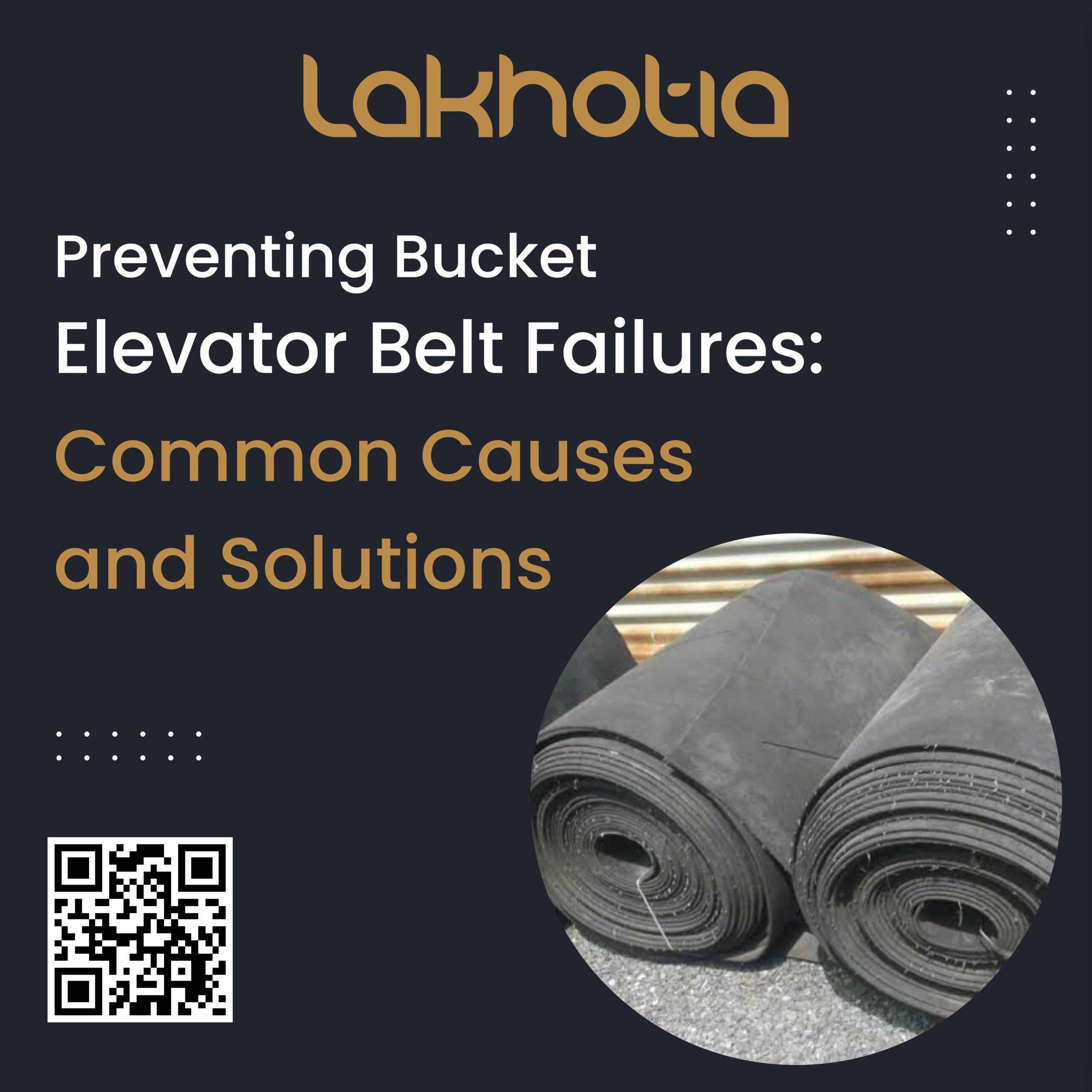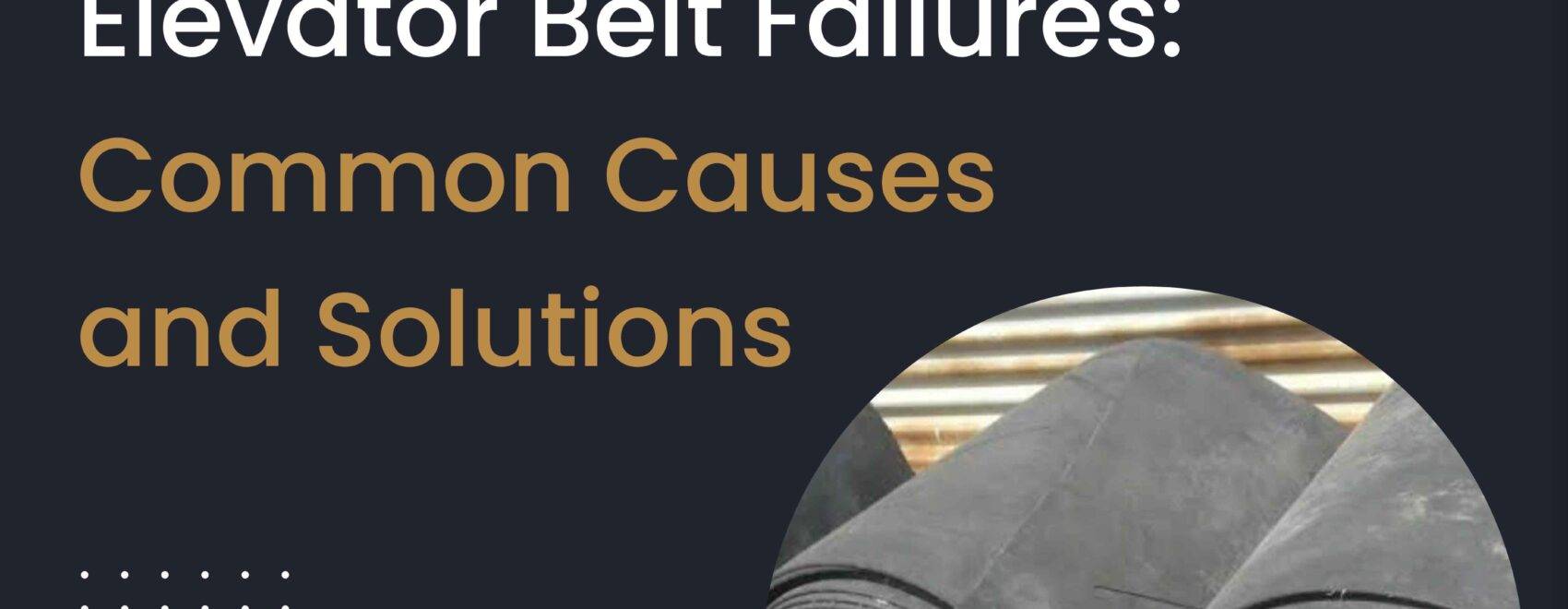Bucket elevator belt failures can lead to costly downtime and safety hazards. To prevent such failures, it’s essential to understand the common causes and implement solutions to address them. Here are common causes of bucket elevator belt failures and their solutions:

Cause: Over time, abrasive materials can wear down the belt’s covers and reduce its thickness
Solution: Use abrasion-resistant belts or consider applying a protective lining to the elevator housing to reduce friction and wear. Regularly inspect the belt for signs of wear and replace it as needed.
Cause: Improper tracking or alignment can lead to lateral forces on the belt, causing wear and potential damage.
Solution: Implement tracking and alignment systems to keep the belt running straight. Regularly check and adjust belt alignment as needed to prevent misalignment issues.
Cause: Incorrect tension can lead to slippage, stretching, or damage to the belt.
Solution: Maintain proper belt tension based on the load and operating conditions. Regularly check and adjust the tension to prevent issues related to over-tensioning or under-tensioning.
Cause: Material blockages can lead to overloading and belt jams.
Solution: Implement a monitoring system to detect material blockages and shut down the elevator if necessary. Design the elevator with proper chutes and gates to control material flow.
Cause: Overloading the elevator beyond its capacity can cause belt stretching, wear, and potential structural damage.
Solution: Implement load monitoring systems to prevent overloading. Ensure that the elevator’s capacity matches the material requirements.
Cause: Poorly executed or damaged belt splices can lead to belt separation.
Solution: Ensure that belt splices are properly executed during installation and routinely inspect them for signs of wear or damage. Address issues promptly and replace damaged splices.
Cause: Worn or damaged buckets can lead to belt damage, misalignment, and inefficient material transport.
Solution: Regularly inspect the buckets for wear and damage. Replace damaged buckets promptly, and ensure proper attachment to the belt.
Cause: Harsh environmental conditions, such as extreme temperatures or excessive moisture, can affect belt performance.
Solution: Choose belt materials and components that are suitable for the specific environmental conditions. Implement protective measures, such as covers or coatings, if necessary.
Cause: Insufficient lubrication of moving parts, such as pulleys and bearings, can lead to increased friction and wear.
Solution: Keep all moving parts well-lubricated according to manufacturer recommendations. Regular lubrication reduces friction and wear.
Cause: Materials containing contaminants or foreign objects can damage the belt and equipment.
Solution: Implement screening and inspection processes to ensure that materials are free from contaminants before being transported by the elevator.
Cause: Material spillage and dust accumulation can lead to wear, misalignment, and reduced efficiency.
Solution: Install proper containment measures to prevent material spillage and implement dust control measures to reduce accumulation.
Preventing bucket elevator belt failures requires a combination of proper installation, routine maintenance, and monitoring systems. By addressing these common causes and implementing appropriate solutions, you can minimize downtime, extend the lifespan of the equipment, and enhance the safety of material handling operations – Lakhotia India Pvt Ltd













